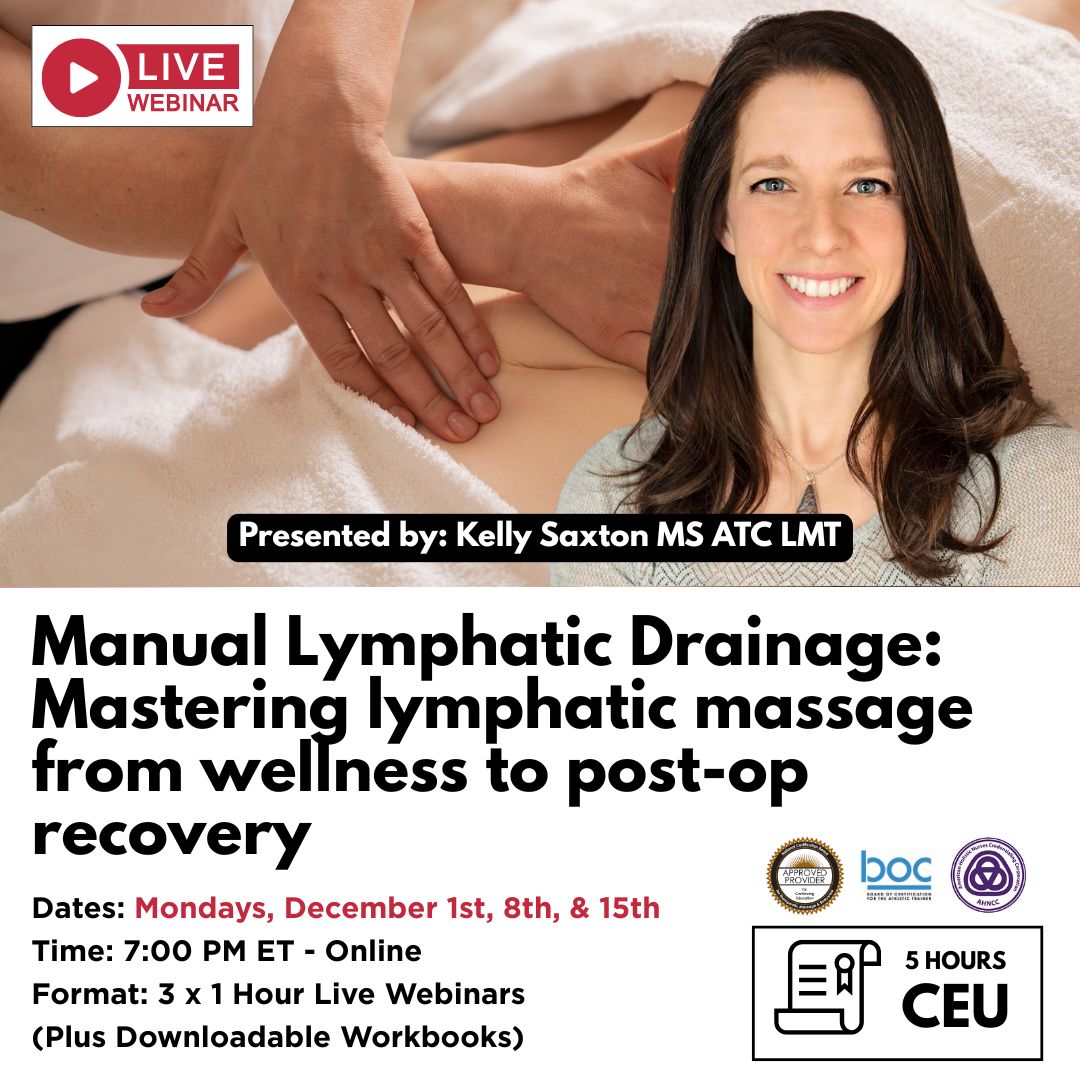Trigger Point Therapy - Looking for Holding Patterns
Understanding Trigger Points and Holding Patterns
Trigger Points and their role in Holding Patterns
A few years ago, I was stuck in an airplane for almost an hour, circling around Heathrow Airport in London, waiting for a “landing window.”
The captain informed us that we were in a holding pattern and should be landing shortly. I have thought a lot about this phrase ever since.
For me it neatly encapsulates the way I see a client when they present in the therapeutic setting.
Clients may come with acute or chronic symptoms, but, whatever the origin, the body’s myofascial framework adapts and changes in a protective “holding pattern.”
Over time the “normal” muscle functioning fails, often resulting in multiple trigger point formation.
The longer a problem persists, the more rigid these patterns may become. Chains of sarcomeres fail and chronic recalcitrant trigger points form.
Peripheral and central sensitization play a role in maintaining this holding pattern, but so does the adapted myofascial infrastructure.

It is important therefore to see trigger points in context: What is the body trying to achieve? Why has its tolerance/compensation broken down? Where and what is the central or core issue?
I encourage my students to think like detectives to find the “tissues that are causing the symptoms” and then reflect and observe how the body has adapted over time to compensate.
This requires a holistic view of the patient’s body, organs, bones, and supporting tissues, as well as their posture, nutrition, occupation, psychological state, and general wellbeing.
Find a Trigger Point Professional in your area
Articles About Headaches and Trigger Points
Dry Needling for Trigger Points
Certify as a Trigger Point Therapist
NAT Online Trigger Point Courses:
This trigger point therapy blog is intended to be used for information purposes only and is not intended to be used for medical diagnosis or treatment or to substitute for a medical diagnosis and/or treatment rendered or prescribed by a physician or competent healthcare professional. This information is designed as educational material, but should not be taken as a recommendation for treatment of any particular person or patient. Always consult your physician if you think you need treatment or if you feel unwell.

Continuing Professional Education
Looking for Massage Therapy CEUs, PT and ATC continuing education, chiropractic CE, or advanced manual therapy training? Explore our evidence-based online courses designed for hands-on professionals.



















